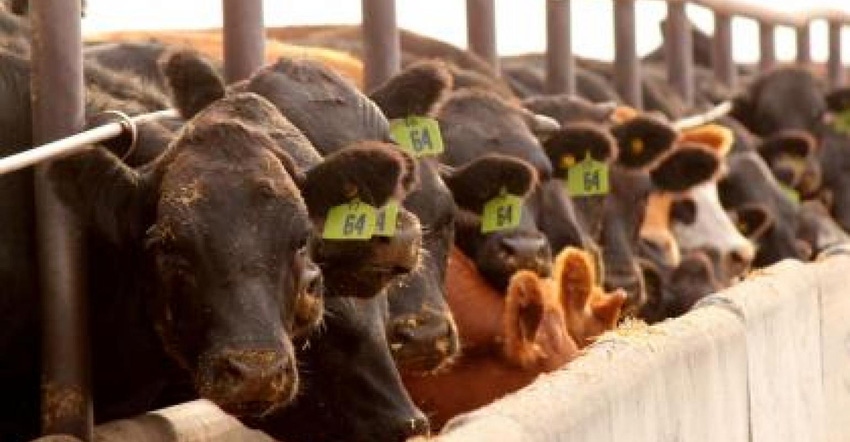Cattle on feed inventories decline for a fifth consecutive month
March 1, 2023

According to the latest USDA Cattle on Feed report published last week, feedlot inventories were below year-ago levels for the fifth consecutive month. There was an estimated 11.70 million head of cattle on feed as of February 1, 4% lower than February 1, 2022. For perspective, February 2022 feedlot inventories were historically large, partly explaining the 4% decline. That is, comparing inventories this year to a historically large number last year.

On-feed inventories were 4% lower in Kansas and 6% lower in Texas. February 1 feedlot inventories in Nebraska totaled 2.57 million head and were 3% lower than last year’s February total. Even larger declines were observed in Oklahoma (11% lower year over year) and Colorado (10% lower year over year). Among the major cattle-feeding regions, Iowa was one of just a few states that reported an increase in February 1 inventories, 620 thousand head or 2% higher.
Feedlot placements have been below year-ago levels since September 2022. January feedlot placements declined 3.4% year over year to 1.93 million head. Except for cattle weighing 700-799 Lbs, placements across all weight categories (800 Lbs) were all down by more than 3%. Lower placements will have important implications for beef production in 2023.
Looking at forecasts from the February World Agricultural Supply and Demand Estimates (WASDE), USDA expects beef production to decline 6% in 2023. The February beef production forecast reflects an upward revision of 50 million pounds compared to USDA’s January forecast, which offers important insights. Higher beef cow and fed heifer slaughter elevated beef production in 2022, reflecting worsening drought conditions. If USDA continues to revise the 2023 beef production forecast upward, it will suggest that drought conditions still need to improve to moderate beef cow and heifer slaughter.
You May Also Like



